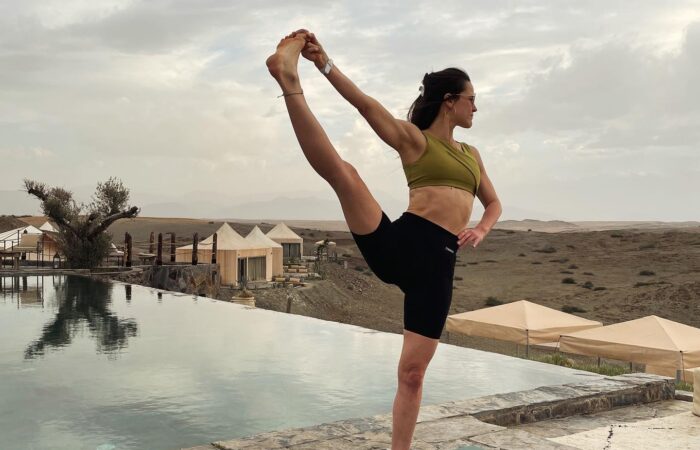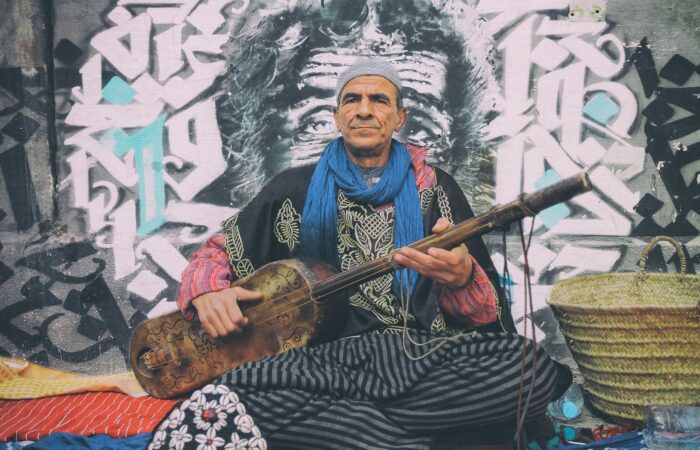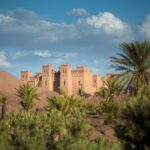Explore the enchanting city of Marrakesh, a gem in Morocco’s crown, known for its vibrant culture, historic landmarks, and mesmerizing landscapes. This comprehensive guide delves into the heart of the Red City, offering insights into its rich heritage, must-visit attractions, and culinary delights.
Table of Contents
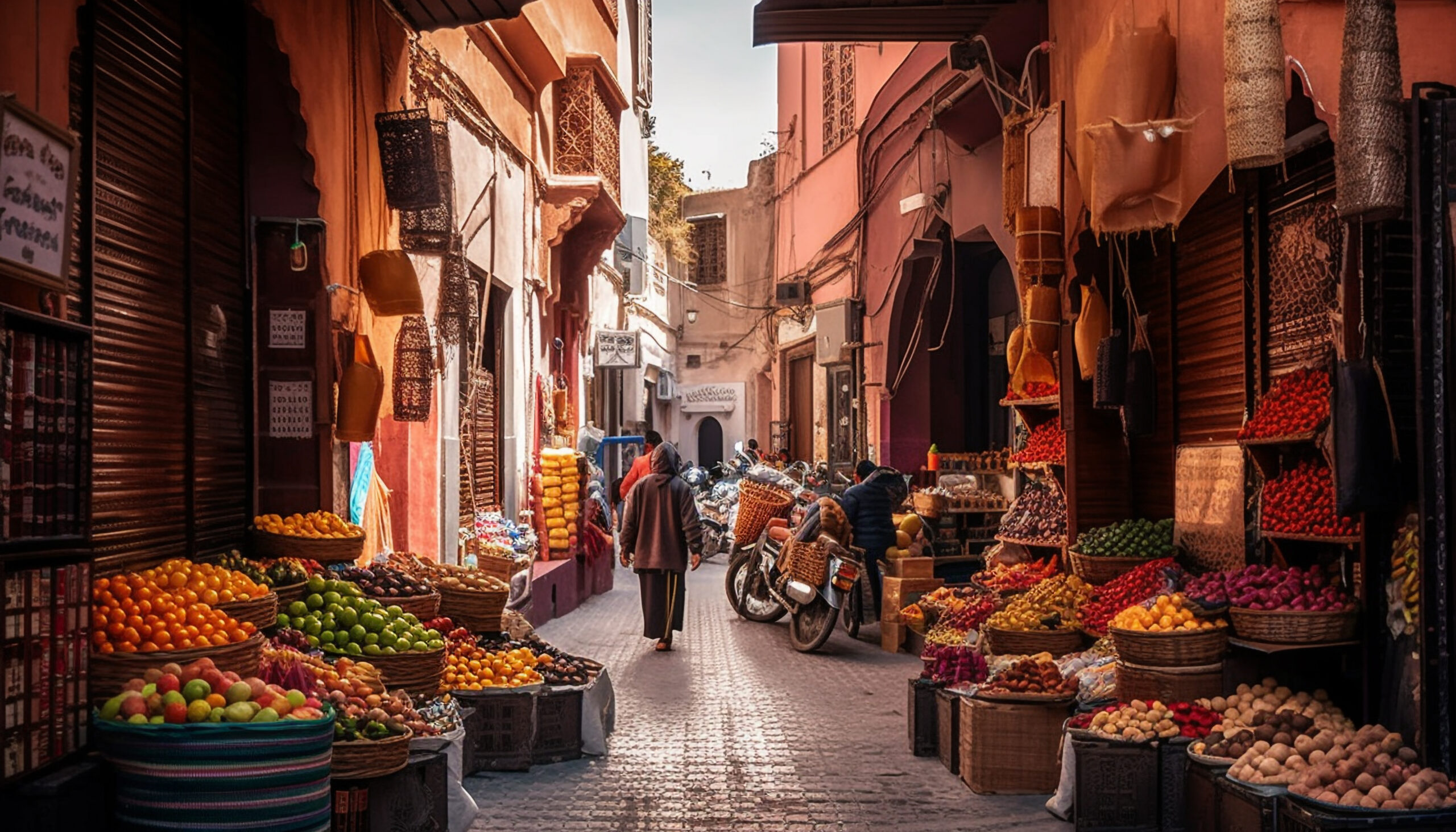
Vibrant market cultural abundance in Marrakesh
Introduction
Marrakesh, the beating heart of Morocco, stands as a testament to the country’s rich history and cultural diversity. Renowned for its historic Medina, colorful souks, and lively squares, Marrakesh invites travelers to embark on a journey through time. Discover why this city is a must-visit for those seeking an immersive cultural experience.
Marrakesh’s history and Culture
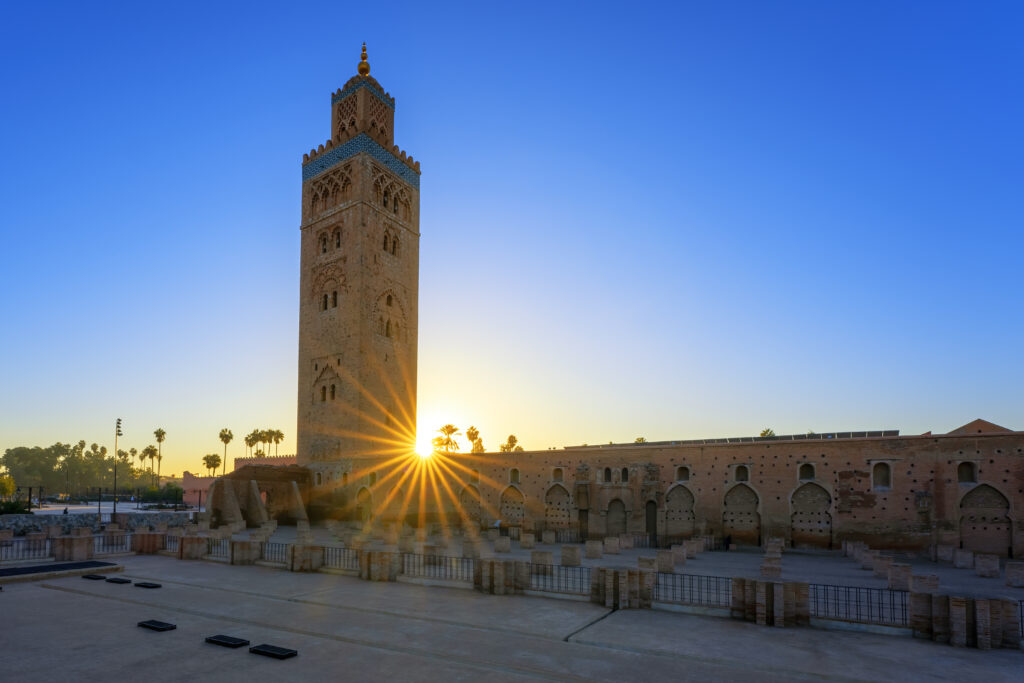
Famous Koutoubia mosque, Marrakech, Morocco
The story of Marrakesh begins in 1070 AD, founded by the Almoravid king, Yusuf ibn Tashfin. It quickly rose to prominence as a cultural, religious, and trading center, influencing the entire Maghreb and beyond. The city’s red sandstone walls, built by Ali ibn Yusuf in 1122–1123, have given Marrakesh its nickname, the Red City, or “Al-Hamra.”
Cultural Tapestry
Founded in 1070 AD, Marrakesh’s storied past is evident in its stunning architecture and historic sites. The city’s culture, a blend of Berber, Arab, and African influences, is celebrated through music, art, and festivals. Dive into the traditions that make Marrakesh a unique destination.
Main Attractions
Jemaa el-Fnaa Square

At the heart of Marrakesh lies Jemaa el-Fnaa, a bustling square where the city’s energy is most palpable. Experience the eclectic mix of performers, artisans, and culinary masters that make this square a focal point of life in Marrakesh.
Medina of Marrakesh
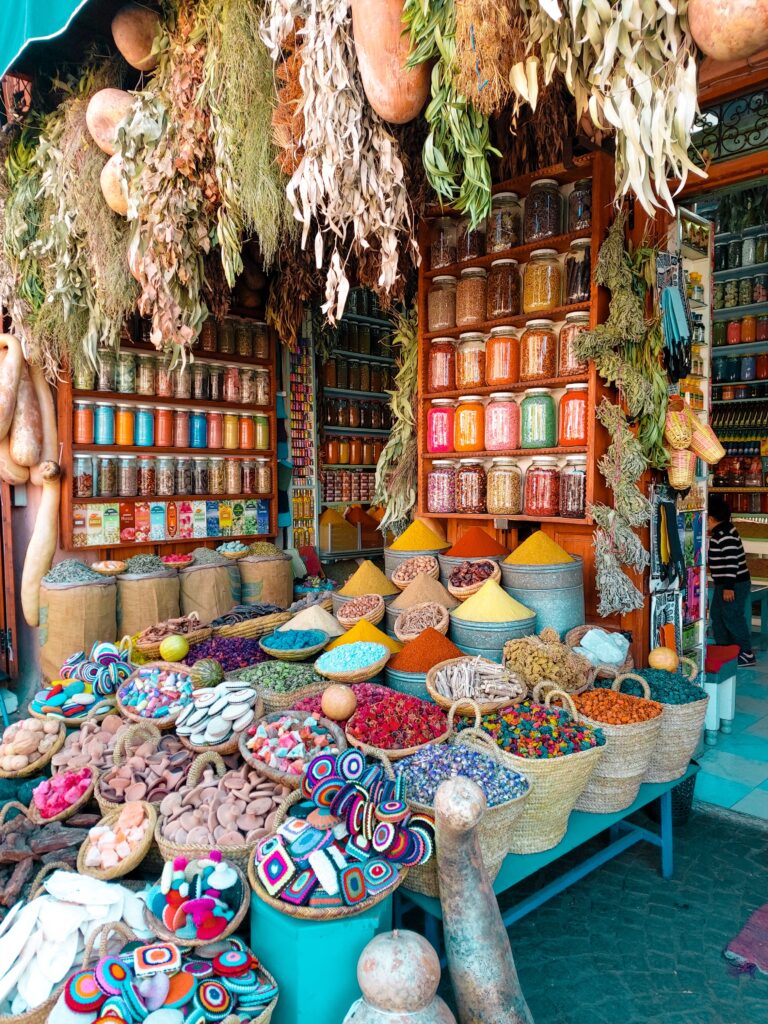

Photos from zakariae daoui and Jean Carlo Emer on Unsplash
The UNESCO-listed Medina of Marrakesh is a treasure trove of narrow alleyways, ancient buildings, and vibrant markets. Learn about the souks specializing in spices, textiles, and traditional Moroccan crafts, offering a glimpse into the local way of life.
Majorelle Garden
Discover the Majorelle Garden, an artistic masterpiece created by Jacques Majorelle and later owned by Yves Saint Laurent. This garden is a peaceful haven amidst the city’s hustle and bustle, showcasing exotic plants and striking architecture.
Saadian Tombs
The Saadian Tombs, rediscovered in 1917, are a testament to the splendor of Saadian architecture. The mausoleum houses the graves of sultans and their families, adorned with intricate tile work and Arabic calligraphy.
Bahia Palace and El Badi Palace
The Bahia Palace, with its exquisite gardens and ornate rooms, showcases the pinnacle of Moroccan architectural and artistic expression. In contrast, the El Badi Palace, though now in ruins, offers a glimpse into the grandeur of the past.
Culinary Delights
Moroccan cuisine is a feast for the palate, and Marrakesh offers some of the best. Tagines, couscous, and pastilla are just a few of the traditional dishes to savor. The local markets are also a great place to sample street food, like snail soup and sheep’s head, for the more adventurous.
Shopping and Souks
Shopping in Marrakesh is an adventure in itself. The souks are a maze of shops selling everything from hand-woven carpets to aromatic spices. Bargaining is part of the experience, so be prepared to haggle to get the best price.
Tips for Travelers
Visiting Marrakesh can be a profound cultural experience. The best time to visit is during spring (March to May) or fall (September to November) when the weather is most pleasant. Respect local customs and dress modestly when exploring the city. Lastly, be vigilant in crowded places to keep your belongings safe.
Conclusion
Marrakesh is a city that captivates the soul, a place where the ancient and the modern merge to create something truly magical. Its streets and squares, filled with the scent of spices, the sound of music, and the vibrancy of local life, invite travelers to delve deeper into its mysteries. Marrakesh is not just a destination; it’s an experience, a journey through time, culture, and sensuality that leaves an indelible mark on all who wander its paths.
FAQs
- What is the best way to get around Marrakesh?
- Walking is the best way to explore the Medina and other historic sites. For longer distances, taxis, and buses are available.
- Can I drink tap water in Marrakesh?
- It’s advisable to drink bottled water to avoid any health issues.
- What should I wear in Marrakesh?
- Opt for loose, modest clothing to respect the local culture and cope with the heat.
- Is Marrakesh safe for tourists?
- Marrakesh is generally safe, but like any tourist destination, it’s important to be cautious, especially in crowded places.
- How do I avoid getting lost in the Medina?
- Consider hiring a local guide or using a map app on your smartphone. Be aware that some alleys may not be mapped accurately.
- What are the bargaining tips for shopping in the souks?
- Start by offering half the initial price and negotiate from there. Showing respect and humor can also enhance the bargaining experience.
Marrakesh, with its red walls and vibrant soul, is a testament to Morocco’s rich history and cultural diversity. Whether you’re navigating the bustling souks, sampling the local cuisine, or marveling at the architectural wonders, Marrakesh offers a sensory journey that is both exhilarating and enlightening.

